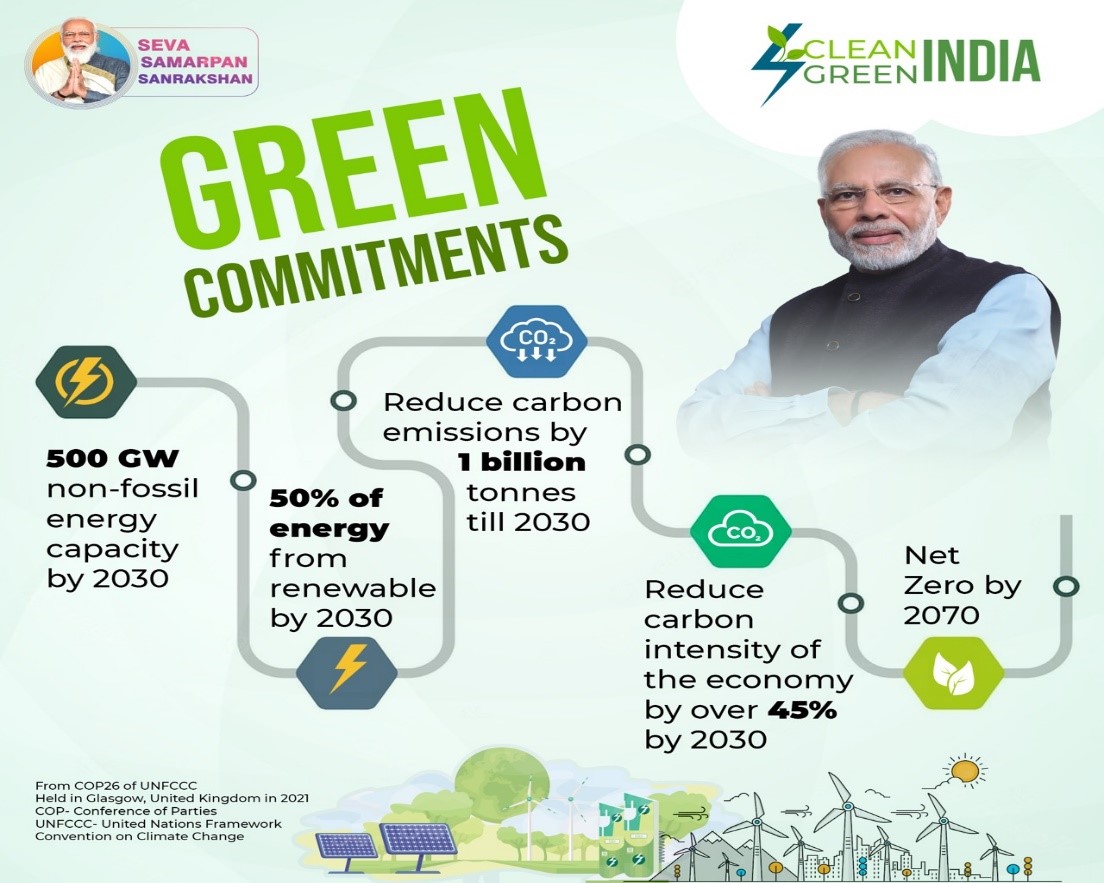Recently, the 25th Prime Minister’s Science, Technology & Innovation Advisory Council (PM-STIAC), held in New Delhi.
CCUS involves the capture of CO2, generally from large point sources like power generation or industrial facilities that use either fossil fuels or biomass as fuel.

References
Recently, the Reserve Bank of India released its Financial Inclusion Index (FI-Index) for FY24.
|
Global Financial Inclusion Index |
|
References
The International Union for Conservation of Nature (IUCN) has issued a stark warning about the threats posed by invasive species to several island reptiles.
The horseshoe whip snake (Hemorrhois hippocrepis) is a species of snake in the family Colubridae which is native to southwestern Europe and northern Africa.

|
International Union for Conservation of Nature and Red Data List |
Red Data List
|
References
1. Down to Earth | Ibiza wall lizard
The first special session of the 18th Lok Sabha culminated in a dispute about expunging the remarks of the Opposition leader from the record.
References